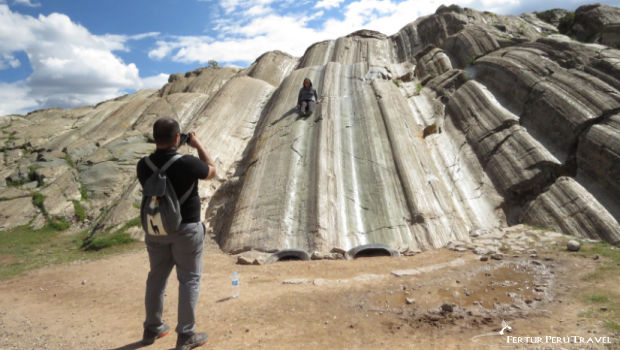
Visit Cusco’s original playground of the Inca at Sacsayhuaman
During your tours of Cusco, when you get to Sacsayhuaman, be sure to visit the Rodadero, where the children of the Inca, and their descendants, have played for hundreds of years.
It is a glistening diorite rock outcrop, located directly across from the Cyclopean zigzag walls in the northeastern Suchuna sector of the archaeological park.
It’s a hoot.
You would be hard pressed to find references in the early Chronicles to this natural hillside playground, which looks like giant sparkling greenish white oyster shell, where local children and foreign visitors scamper up the sides to slide down the glass-smooth ruts.
Jesuit Barnabé Cobo, writing in the 1650s, was more interested in the steps and seats on the rock outcrop. He paid particular attention to “a well-carved seat where the Inca sat,” a throne overlooking the esplanade.
“On account of this seat, the whole fortress [of Saqsaywamán] was worshiped,” Cobo wrote.
The Rodadero was documented by some of the pioneering archaeologists of the 19th century.
E. George Squier, the American diplomat turned South American explorer, offered this description in his 1877 classic, Peru, Incidents of Travel and Exploration in the Land of the Incas:
“It is said that the Inca youth amused themselves in coursing through these polished grooves on festival days — a custom which the youth of Cuzco have not allowed to fall into disuse.”
Mariano Edward Rivero and John James von Tschudi also took note of Rodadero in their 1851 book, Peruvian Antiquities:
“A short distance from the fortress is a large piece of amphibolic rock known by the name of the smooth rolling stone, which served and still serves for diversion to the inhabitants, by rolling like a garden roller, having a sort of hollow formed in the middle through friction.”
So, be sure to wear long pants… and enjoy the smooth stone slide of the Inca.
You Might Also Like: Planning your Cusco bike tour
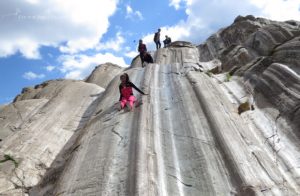
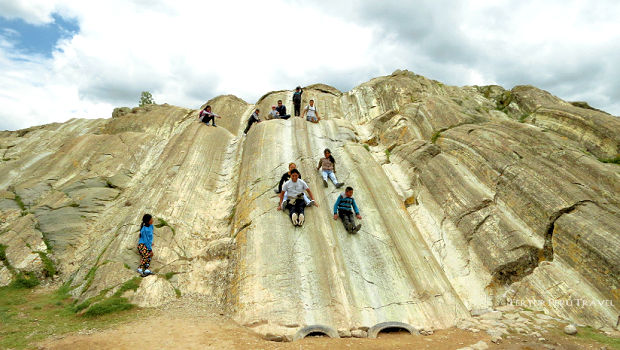
 Weather Channel could learn something from the Inca and their descendants
Weather Channel could learn something from the Inca and their descendants 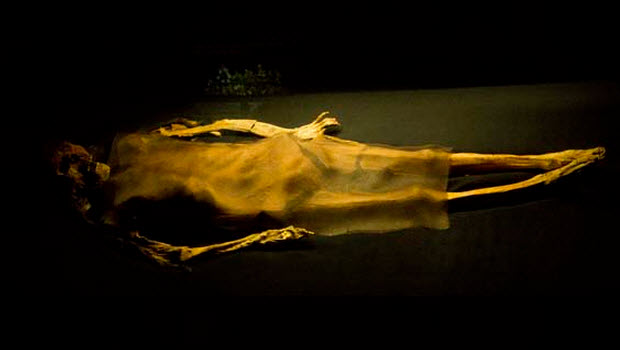 Girl power in ancient Peru of the Moche
Girl power in ancient Peru of the Moche 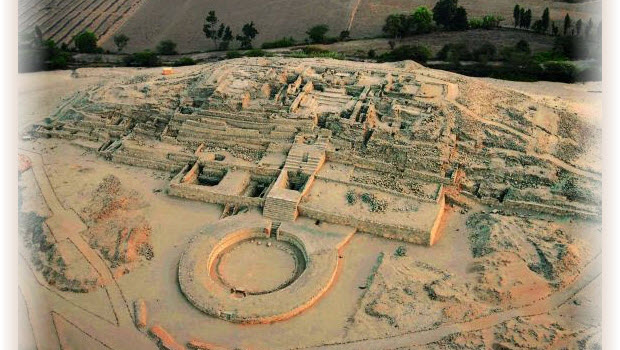 Celebrations marking discovery of Ancient site of Caral
Celebrations marking discovery of Ancient site of Caral 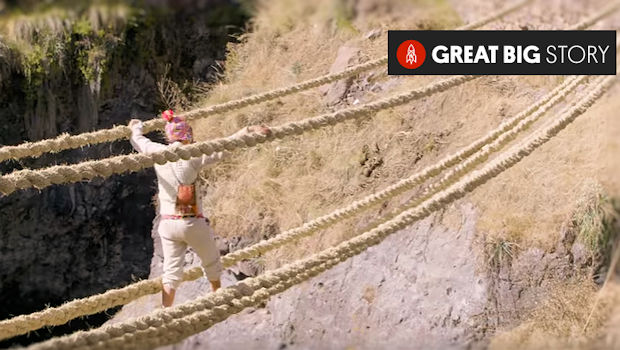 Peru’s last Inca Rope Bridge Gets CNN’s Attention
Peru’s last Inca Rope Bridge Gets CNN’s Attention 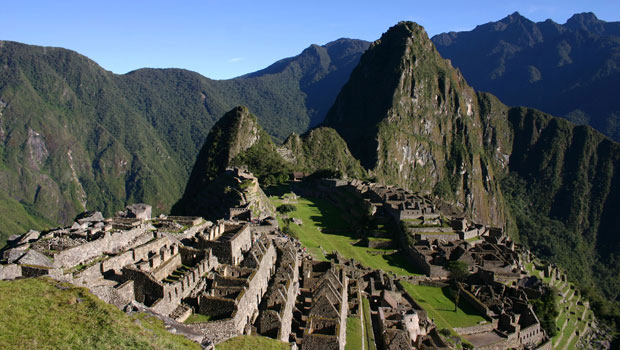 The Inca Sacred Center of Machu Picchu – a Love Letter
The Inca Sacred Center of Machu Picchu – a Love Letter 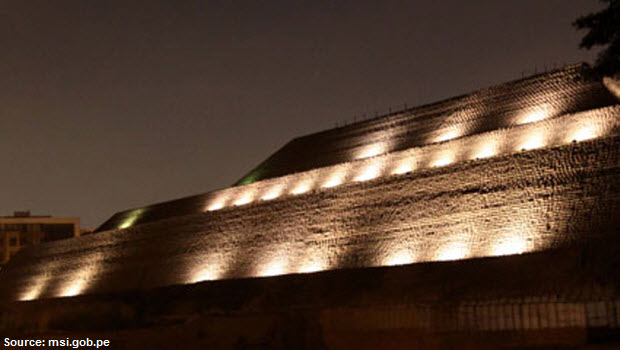 Peru to develop Lima’s unsung archaeological ruins for tourism
Peru to develop Lima’s unsung archaeological ruins for tourism 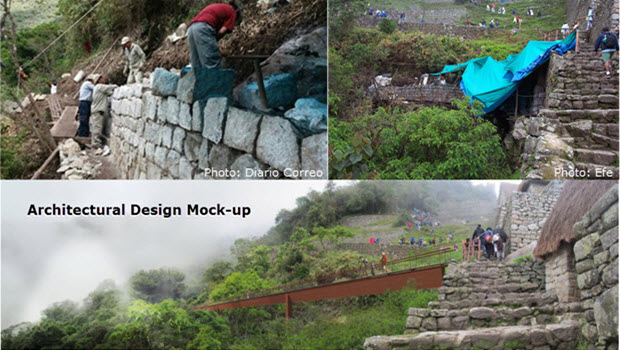 Reconstruction at Machu Picchu begins, starting with exit ramp
Reconstruction at Machu Picchu begins, starting with exit ramp 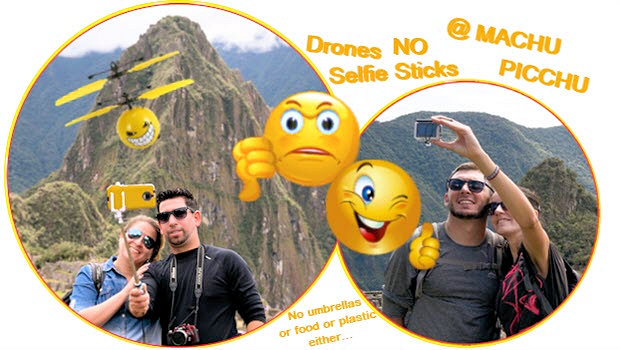 No selfie sticks or drones at Machu Picchu, seriously
No selfie sticks or drones at Machu Picchu, seriously